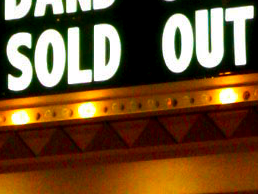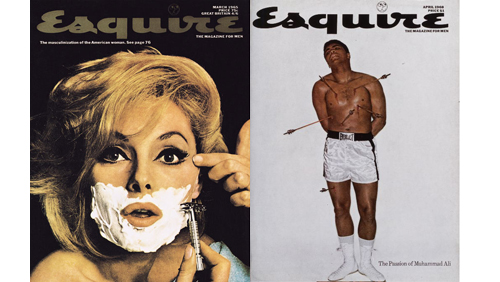Sold Out: Blurring the Line Between News and Business

The Los Angeles Times began placing ads within its editorial stories this week; they couldn’t have come up with a more misguided or damaging effort to bring in revenue if they had tried.
The blog LA Observed got their hands on an internal memo that outlined the new policy. The links—to sites such as Amazon and TicketNetwork—will be inserted into certain stories and blogs in sections such as Books and Entertainment and “will serve as both a reader service and a revenue opportunity for the company.” The memo says the links will not appear in “columns and news section articles and blogs” during the pilot program, but doesn’t say whether those sections will also be included in whatever phase follows the pilot. It’s also disappointing that the Times doesn’t seem to hold certain Entertainment sections in the same regard as their news sections; they more than anyone should know that coverage of Hollywood can sometimes be just as hard-hitting as coverage of city hall. The e-commerce links show up in green and are underlined twice in blue, while the editorial links are blue and not underlined. On the page, the links look like this one from this post about M.I.A.:

The e-commerce link in this post goes to M.I.A.’s Amazon page. Here are a couple more on a story about upcoming movies:

In both stories there’s a note at the end of the post that lets readers know about the link:

But there’s no mention of the new policy or an explanation for the rather significant change in ad policy. As the New York Times outlines, the Los Angeles Times is no stranger to unconventional ad placement: the paper has raised eyebrows before by disguising ads in the print edition to look like news stories. Most controversially, this March the paper ran an ad for Alice in Wonderland made to look like the front page of the newspaper, but in fact only covered the actual front page. As the Los Angeles Times‘s very own James Rainey wrote in an article chiding a local TV affiliate for combining advertisements with news content, “Not all that appears to be news is news as we once knew it.” As Rainey argues, “even in this free-form media era,” people who turn to the evening news (or the local paper) “might like to believe that what’s labeled ‘news really is just that and not a deception designed to get them to consider a product or service that otherwise might not cross their radar screens.” But it’s more frequently not, and the LA Times is pioneering the shift.
The Times is the fourth most read paper in the country, and the fact that it has sacrificed its credibility in this way is a sorry indicator of the state of the traditional newspaper model. Advertisers are desperate for their products to make it into papers and websites in this ‘editorial’ style because it’s extremely effective. The line between editorial and business has been clear enough for the past half decade or so that when it’s crossed the business reaps the benefits of the best traits of the editorial side. You trust someone’s recommendation more if you think they’re not being paid for that recommendation. That’s why the Times‘s new pilot program is just a new way to sell ads. It’s not that there’s a new space on the page for ads, the money from which can then go to support the news. The ads have infiltrated the news, with the more mentions of linkable names and titles meaning more ads to sell. The Times has therefore put its journalistic integrity into question, and whatever money the ads make can’t buy that back.





